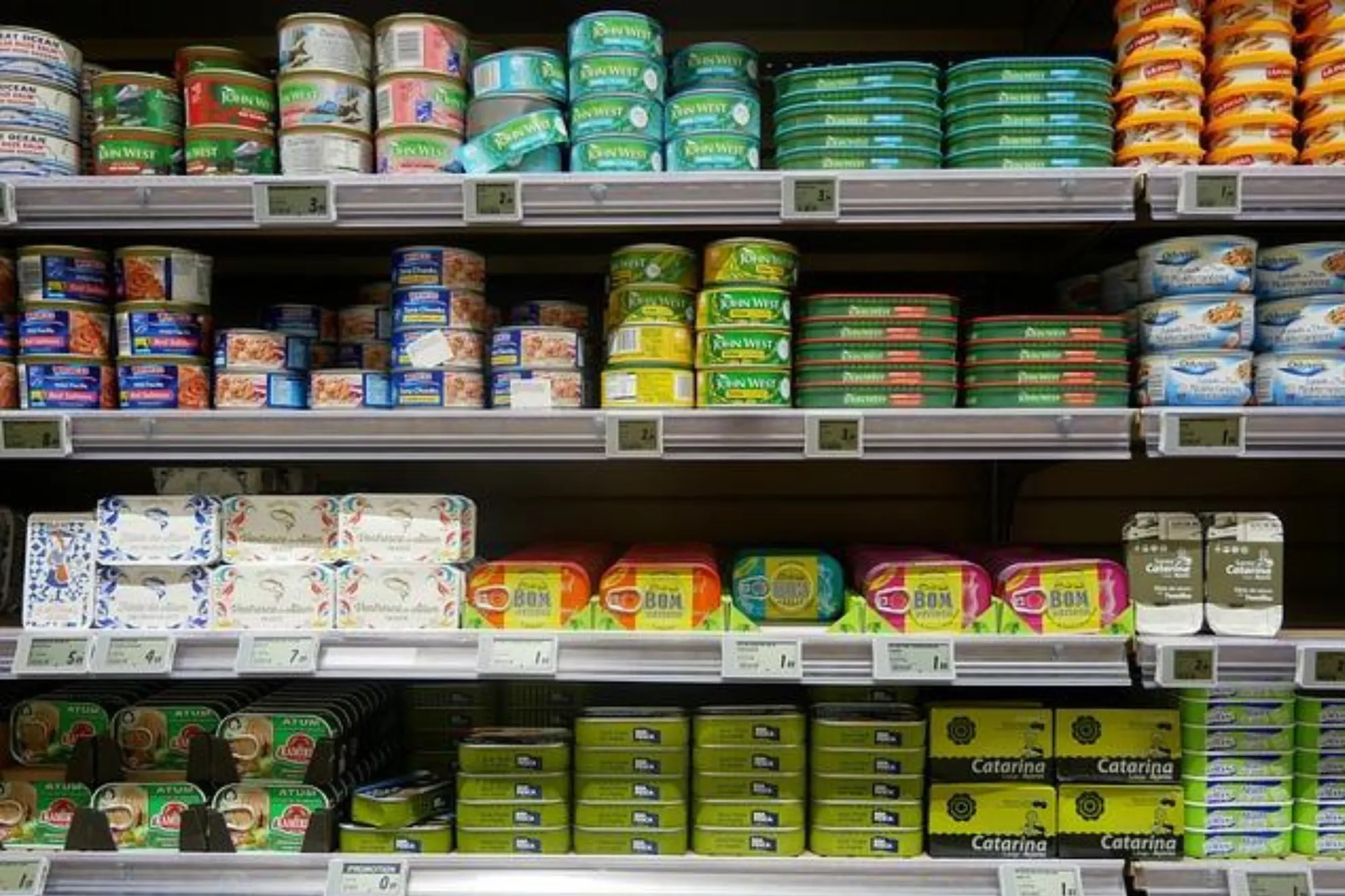Product Differentiation Strategies in Monopolistic Competition

A distinctive product stands out like a guiding light in the bustling marketplace where businesses vie for attention and customer loyalty. Imagine a crowded bazaar, each stall offering its wares, and one product captures your eye with its uniqueness amidst the clamor. That's the magic of product differentiation in monopolistic competition – a strategy that sets businesses apart in a world teeming with alternatives. This clearly indicates that you must stand out in everything you do. It is also true in academics. Those who wish to deliver quality pieces must learn the writing art. The good news is that essay writer service experts are available for learners wishing to explore new horizons to meet their academic obligations. In the meantime, this article embarks on a journey to unravel companies' captivating strategies, turning their products into stars on the stage of consumer choice.
Branding
At the very core of product differentiation lies the potent weapon of branding. Think of iconic brands like Apple, Coca-Cola, or Nike; they're not merely products but veritable ideologies and lifestyle choices. Firms invest substantially in creating brand identities that transcend logos and slogans, forging deep emotional connections with consumers. These connections often translate into unwavering brand loyalty, where customers willingly pay a premium for the association.
Quality
In the realm of "you get what you pay for," firms often opt to ascend the summit of quality. This strategy employs superior materials, meticulous craftsmanship, and rigorous quality control measures. Consumers, in turn, are more than willing to pay a premium, knowing they are investing in products that promise lasting value and reliability.
Design and Packaging
The first impression can make all the difference. Unique product design and captivating packaging can turn heads on crowded store shelves or amidst the vastness of online marketplaces. An aesthetically pleasing presentation can set the stage for a product's triumph, drawing the consumer's eye before they delve into its features.
Features and Innovation
Staying ahead of the competition often necessitates a relentless pursuit of innovation. By offering new and improved features or functionalities, firms cater to the ever-evolving demands of consumers. Innovation keeps products relevant and bolsters customer loyalty, as users gravitate towards the latest and most incredible offerings.
Customization and Personalization
The human desire for individuality and uniqueness is an undeniable force. Allowing customers the freedom to customize or personalize products taps into this innate craving, creating a sense of ownership and identity. Whether a custom-designed shoe or a personalized smartphone case, such options resonate profoundly with users seeking distinctiveness.
Advertising and Marketing
In the digital age, storytelling has emerged as a pivotal differentiator. Through creative advertising and meticulously crafted marketing campaigns, firms fashion narratives that resonate deeply with their target audience. These narratives differentiate the product and foster an emotional bond between the consumer and the brand. Essentially, they transform the product from a mere commodity into a vessel for stories, emotions, and aspirations. Businesspeople must invest in quality content to differentiate their products. Those who cannot do it can still secure help from pay for essay services to deliver perfect advertising and marketing content.
Price Differentiation
While price competition may be limited in monopolistic competition, firms can still wield price differentiation as a strategy. Different price points for products with varying features, service levels, or bundled extras can appeal to a broader range of consumers. This strategy acknowledges the diversity of consumers' budgets and preferences, ensuring that the product reaches a broader audience.
Customer Service and Support
Exceptional customer service and post-purchase support can serve as a formidable differentiator. A seamless and pleasant customer experience can foster customer loyalty and enthusiastic word-of-mouth referrals. In a world where positive reviews and recommendations carry substantial weight, excellent customer service becomes a powerful tool.
Exclusive Distribution
Restricting product distribution to select retailers or outlets can create a perception of exclusivity. Luxury brands, in particular, have mastered this approach, limiting access to their products to enhance their appeal. The exclusivity factor can lead consumers to perceive the product as a status symbol or a mark of distinction.
Ethical and Sustainability Practices
In an era of increasingly prominent ethical and environmental concerns, some firms differentiate themselves through their commitment to responsible business practices. This may encompass ethical sourcing of materials, sustainable production methods, or contributions to social and environmental causes. For consumers who prioritize such values, a product's ethical footprint can be a compelling factor in their purchase decisions.
Product Placement and Shelf Position

The physical placement of a product on store shelves or its position within online marketplaces can significantly influence consumer choices. Securing prominent positions can increase a product's visibility and appeal. End cap displays, for instance, often feature products a store is keen to promote, catching the shopper's eye as they navigate the aisles.
Product Line Extensions
Expanding a product line to encompass complementary items or variations can capture a larger market share and cater to diverse consumer preferences. It's a strategy acknowledging that consumers often seek various options within a product category.
Limited Editions and Special Releases
Introducing limited edition or special release products can create a sense of urgency and exclusivity. Businesses are like skilled magicians, using this clever trick to gently nudge you into making a purchase. They know that these exclusive gems might disappear before you know it. It's akin to the excitement of hearing about an exclusive event you can't resist. They want you to feel that same thrill, like chasing a shooting star across the night sky – an exhilarating moment that compels you to take the plunge.
Customer Feedback and Iteration
Listening to customer feedback and continuously iterating on products is a less overt but highly effective differentiation strategy. Firms actively seeking and responding to customer input can fine-tune their offerings, addressing pain points and enhancing features to better match consumer preferences.
Conclusion
Product differentiation is the guiding star in monopolistic competition, illuminating the path to success amid intense rivalry. Through the manifold strategies of branding, quality, design, innovation, customization, marketing, and more, businesses breathe life into their products, transforming them from mere commodities into cherished, unique possessions.
In this ceaseless quest to stand out, firms find a route to profitability and an opportunity to enrich consumers' lives, one distinctive product at a time. The symphony of differentiation fuels competition and creativity, fostering a marketplace where diversity reigns, and consumers are spoilt for choice. In this intricate dance of supply and demand, product differentiation remains the melody that resonates, creating harmony in the business world.


